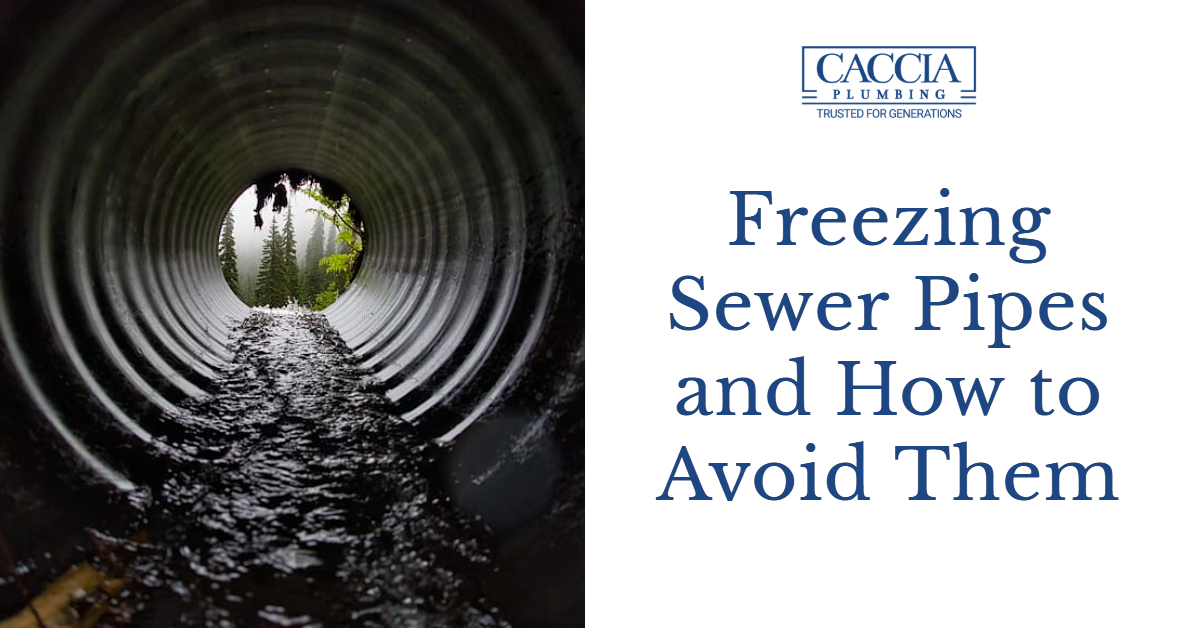Most of the homeowners know that when the temperature drops, it will usually lead to a frozen sewer line. A frozen sewer line doesn’t usually happen, but when it does, it can close your draining system and can cause a lot of inconvenience to your home and your family.
When the water is flowing in your sewer lines and then freezes, it expands inside the pipe, causing it to have a crack or leak and even a total failure in your plumbing system.
Knowing how to handle a frozen sewer line is one thing, but ideally, you want to avoid this issue completely. So, is there any way to prevent your sewer lines from freezing? Below are the most common causes of frozen sewer lines and how to prevent it from happening.
Causes of Frozen Sewer Lines
- Lack of Sewer pipe insulation or a poor pipeline installation from the start or a failed repair attempt.
- There is no water flow in an exposed sewer drainpipe.
- Sudden drop in air temperature.
- Insufficient heat inside your home due to improper thermostat setting
Always remember that pipes easily freeze when the temperature drops at any lower than 32 degrees Fahrenheit. When your sewer lines are exposed to a cold breeze, they can freeze and when it freezes, it can create cracks that can cause damage to your property. Make sure your outside vents are covered or sealed off if freezing temperatures are foretold.
How to Prevent A Frozen Sewer Line
Preventing your sewer line from freezing is not hard when you know what needs to be protected. Here are some things you can do to avoid frozen sewer lines:
Insulate Your Pipes
Use insulation as the first-line defense against low temperature and exposed pipes. To insulate your sewer line, wrap the pipe insulation around the plumbing lines and secure it with electrical tape.
Inspect Your Water Heater
Make sure that your water heater is working properly as it helps the water that is flowing through your pipes warm enough, so it doesn’t freeze.
Run Water
When it’s extremely cold, the best thing to do is run water from your faucets as constantly flowing water is far likely to freeze.
Seal Off Vents
When cold air enters your basement or crawlspace, your sewer line is more likely to freeze. Make sure to seal off your vents and all the areas that allow the flow of outdoor air.
Keep Drains Clear
When it’s snowing, remove any snow around your outdoor drains as well as your septic tank (if you have one) to keep your pipes warm.
How to Thaw a Frozen Sewer Line
Using Hot Water
One of the most recommended ways to thaw a frozen sewer line is by pouring a very hot water (not boiling) down the drain. But keep in mind that there is a risk of doing it as too hot of water can damage your PVS pipes and can cause pressure to build-up resulting in the bursting of your pipes.
Call a Professional
The best thing to do if your sewer line is frozen is to call a reliable and professional plumber. Your plumber will be able to diagnose where the pipe is frozen and how to that your sewer line without damaging your plumbing system.
Professional plumbers have the right tools and equipment that can clear most of the frozen pipes in a matter of minutes.
If you are living in San Mateo and you ever suspect that your sewer line is frozen, don’t hesitate to contact Caccia Plumbing immediately. We will help you get your plumbing system working again as well as offer suggestions on how to avoid this kind of problem in the future.

